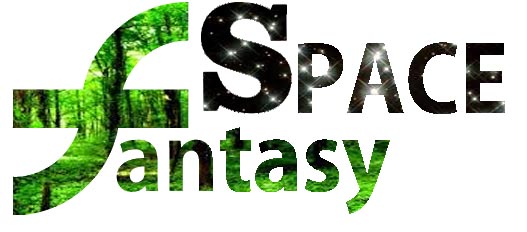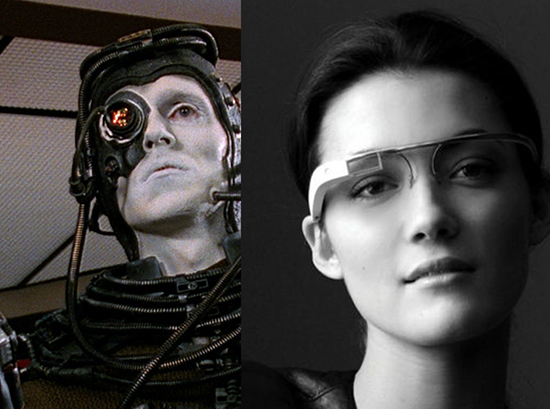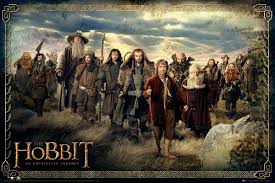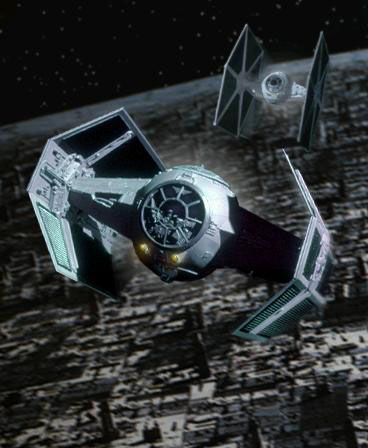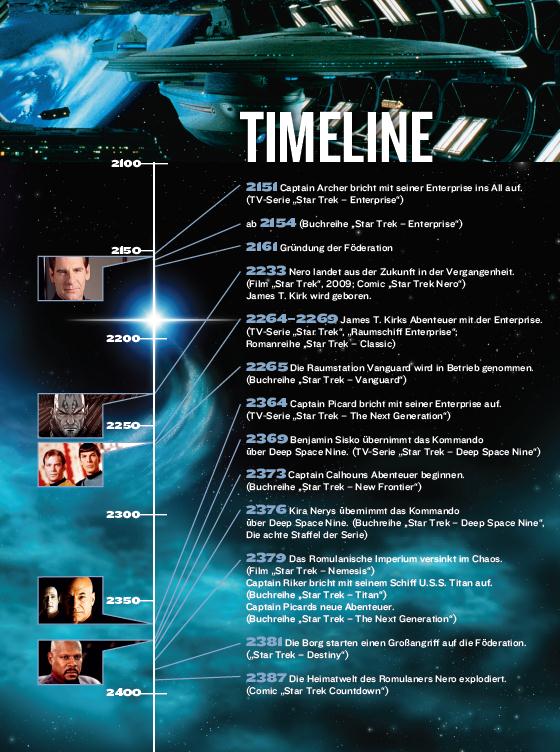Benzites |
This distinctive-looking race are a fairly recent addition to the United Federation of Planets. They are eager to please and once they have adjusted to Starfleet protocols they prove to be highly competent.
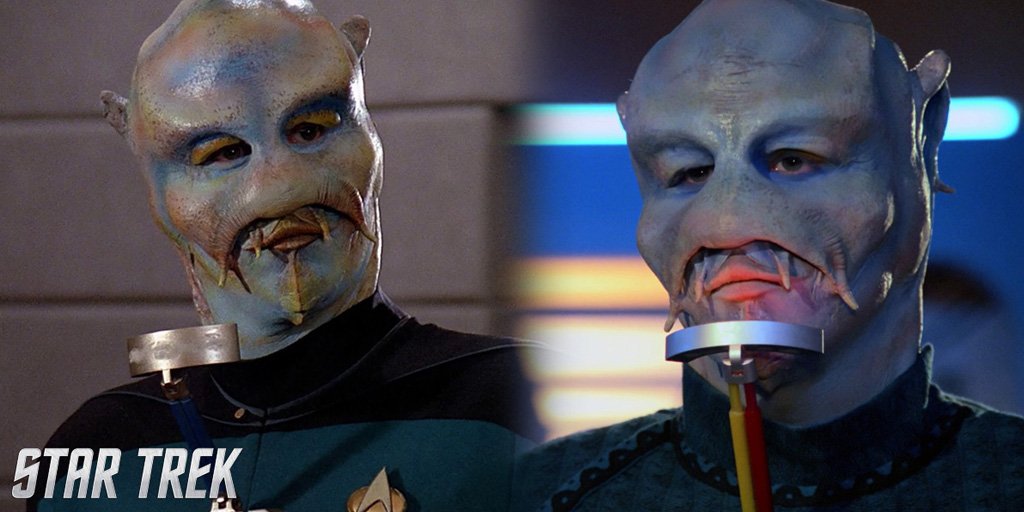 In the year 2364, the people of the planet Benzar are still considered to be relatively new members of the United Federation of Planets. Due to their intelligence, abilities, and dedication, the Benzites have since proved themselves to be competent and valuable additions to the Federation's ranks. The race has been able to overcome a minor phys1olog1cal obstacle to serve on ships with mostly human crews. The planet Benzar is a Class-M world; this would suggest that its natives have no trouble ex1st1ng 1n the oxygen-heavy atmosphere found on most Federation starships. Due to slight differences in the atmosphere on Benzar, however it has, in the past, been necessary for Benzites to wear a breathing apparatus while in a standard Class-M oxygen atmosphere. This 1s no longer the case. Mistaken identity The main geographic and community groupings on Benzar are known as geostructures. The exact configuration of these units 1s unknown, but Benz1tes who are brought up w1th1n the same geostructure can appear identical to non-Benz1tes. An example of the confusion this can cause occurs 1n 2365, when Acting Ensign Wesley Crusher accidentally mistakes the Benzite exchange officer Mendon for one of his geostructure mates, the Starfleet cadet, Mordock.
In the year 2364, the people of the planet Benzar are still considered to be relatively new members of the United Federation of Planets. Due to their intelligence, abilities, and dedication, the Benzites have since proved themselves to be competent and valuable additions to the Federation's ranks. The race has been able to overcome a minor phys1olog1cal obstacle to serve on ships with mostly human crews. The planet Benzar is a Class-M world; this would suggest that its natives have no trouble ex1st1ng 1n the oxygen-heavy atmosphere found on most Federation starships. Due to slight differences in the atmosphere on Benzar, however it has, in the past, been necessary for Benzites to wear a breathing apparatus while in a standard Class-M oxygen atmosphere. This 1s no longer the case. Mistaken identity The main geographic and community groupings on Benzar are known as geostructures. The exact configuration of these units 1s unknown, but Benz1tes who are brought up w1th1n the same geostructure can appear identical to non-Benz1tes. An example of the confusion this can cause occurs 1n 2365, when Acting Ensign Wesley Crusher accidentally mistakes the Benzite exchange officer Mendon for one of his geostructure mates, the Starfleet cadet, Mordock.
Benz1tes are humanoid in appearance, and of approximately equal height to an average human; it is their cranial and facial features that dist1nguish them. They possess a pair of deeply-recessed eyes, set within a plate-like structure that begins with a ridge just above the mouth and continues over the fore-head to encompass the remainder of the head Olfactory cavities also appear to be located beneath this ridge, just above the mouth. Several short tendril like protuberances descend from this ridge to either side of the mouth.
Physiognomy
The Benz1te skull seems to be slightly larger than that of an average human, and is shaped by a large, rounded bone structure. Thick. rounded ears with large auditory openings protrude slightly away from the skull. Benz1te skin is light blue with occasional horizontal bandings of lighter blue and yellow. Some Benz1tes exhibit patches of small. dark spots, lending their skin a speckled appear-ance. Subtle differences 1n color patterns, and the degree of speckling, differentiate them upon closer inspection. Neither male nor female Benzites appear to have body hair, but, otherwise. the sexual characteristics are similar to those of other humanoids.
Breathing device
The Benz1tes' metallic breathing aid is secured at the chest by a geometrically-shaped silver unit, approximately two centimeters thick. From there. a thin connecting strip ascends on an outward incline to 1ust below the mouth; a semicircular strip rests slightly below the olfactory cavities. This strip is illuminated. and provides the supplemental atmospheric gases that Benz1tes need to breath normally.
Congenial Benz1tes are known for their eagerness to please, to non-Benzites, this behavioural quirk can sometimes be mistaken for an air of superiority. They are eager to exhibit their high intelligence through an endless stream of helpful suggestions, a quality that may be welcome among their own kind, but which tends to annoy humans who are not used to it Their numbers within Starfleet may be small, but the Benz1tes have proven themselves to be highly-competent officers in the service. If dedication and courage can be measured by the sacrifices made in the course of duty, the Benz1tes have shown their worth time and again.
Benzite Captain Laporin is one of the first Benzites to serve in Starfleet. He attended Starfleet Academy at the same time as Captain Benjamin Sisko. In 2372, Laporin is in command of a Federation starship that is boarded during a Klingon attack, and is killed while defending his bridge. Sisko is distressed to learn of the demise of his old friend.


